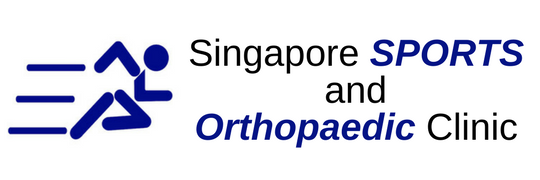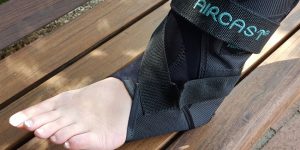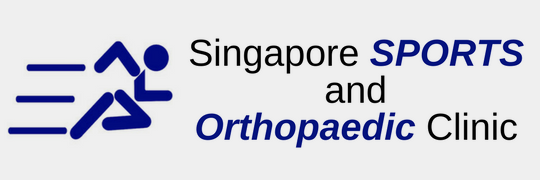Femoroacetabular impingement (FAI) is a medical condition in which the bones of the hip are shaped abnormally. It usually occurs in the hip joint and since they do not fit perfectly, the hip bones tend to rub against each other, resulting in damage to the joint. Impingement refers to a certain portion of the soft tissues located in the hip joint getting pinched. Femoroacetabular refers to the impingement happening where the femur is in contact with the acetabulum or hip socket.
Causes
The exact cause of Femoroacetabular Impingement is still under considerable debate up till today. With advances in medical imaging techniques such as MRI, subtle changes in the shape of the femoral head might be the main cause of this injury. The problem occurs when the head of the femur knocks against the cartilage rim surrounding the acetabulum, pinching it in the progress.
In normal circumstances, the femoral head glides smoothly inside the hip socket as it is the perfect size. However, if the acetabulum cup is too shallow or small, the head is unable to obtain a perfect fit. In the case of FAI, the socket s too deep for the head to get a proper grip. When the femur bends and rotates, the cartilage gets pinched as a result. As time passes, this impingement can cause the edges surrounding the impingement site to get torn. With the combined effect of changes in the hip joint, the result repetitive motions can cause traumas to the hip joint, resulting in a partial or complete labral tear.
Nonsurgical treatment
The first step of treatment is nonsurgical and will involve modification to daily activities. Appropriate muscles will need to be strengthened in a bid to restore normal neuromuscular control. Tight and tense muscles surrounding the hip can contribute to pinching and strengthening it may lengthen the muscle and reduce impingement. Patients may also be administered intra-articular injection with a steroid medication to reduce inflammation.
Surgical treatment
Surgery is recommended when pain is persistent despite significant nonsurgical care. This usually indicates an obvious structural abnormality at the hip. Once surgery is decided, three options will be given to the patient: full open incision, arthroscopic surgery or osteotomy. Open incision involves dislocating the femur head from the socket to reshape it. In arthroscopic surgery, dislocation is not required. Instead, multiple small incisions are made to insert a robotic arm to do the necessary corrections. Osteotomy involves reshaping the socket for pincer-type impingement.









